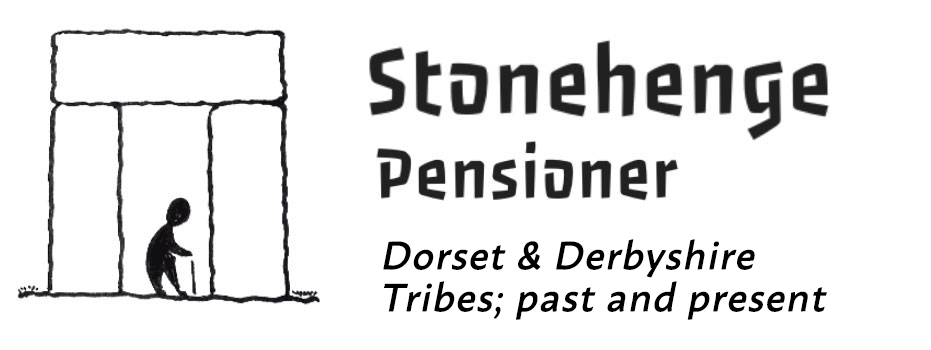Pagan Lineage From the Neolithic
Lineage is an unusual word that arose when a celeb claimed to be a descendant of King Charles 1. A radio item also featured the word in a programme purporting to be about ancestors. In truth, it was all about religion and how, apparently, it binds us into one big human family; a Christian lineage. The presenter seemed unaware that our ancestors had a pagan lineage for far longer than they were Christians.
Lineage in Christchurch
Christchurch makes great play on its history, with a Christian emphasis on the priory. There appears no farming or even fishing lineage, no families who can remember the massive shoals of sardines. That is because Christchurch is a place of change, much like most of Southern England, where ties with the land and sea mean less each year. Yet the Christian emphasis undervalues a longer lineage, that of much earlier peoples.
Creating Lineage
In my forthcoming book My Pagan Ancestor Zuri, I emphasise how Zuri’s tribe reached a peak here in 2200 BC. She and her ancestors used their food surplus to build Stonehenge. Earlier, as hunter gatherers they had utilised the land and sea from perhaps 8,000 BC. Zuri links the hunter gatherers to the farmers, a lineage that passes right down to those who today fish from Mudeford Quay or farm up the River Avon.
Avonlands
Christchurch should promote its pagan lineage far more. It has one of the oldest foundations in Britain and was an integral part of the first common culture, or civilisation. It was the essential sea gateway for the tribe that built the first pagan cathedral, just up the river, at Stonehenge. I call this area Avonlands. We can embrace our lineage right back into our pagan prehistory. It is a truly remarkable example of how people have peacefully utilised the land and waters, generation by generation, to the present day.




